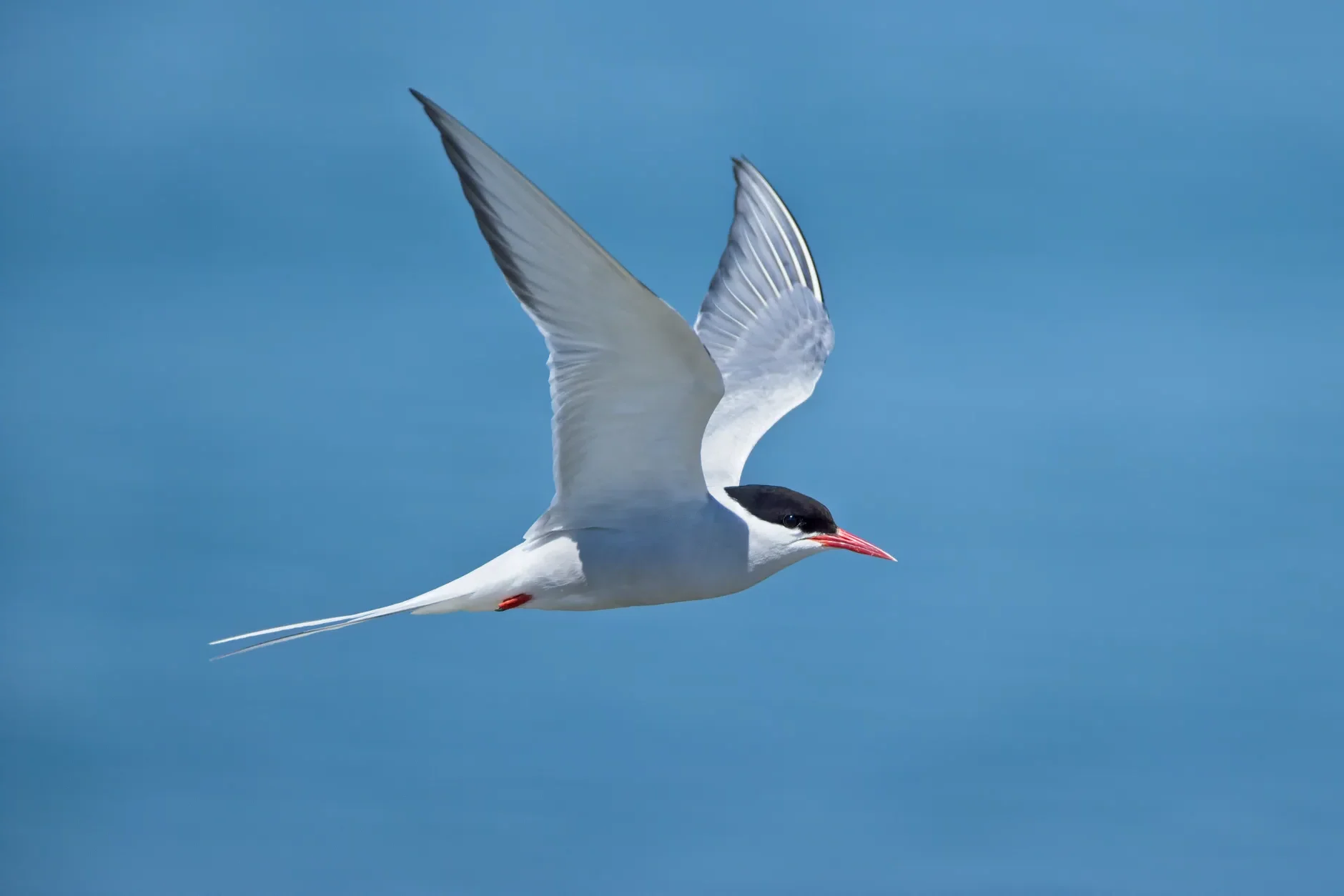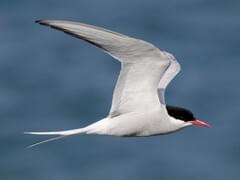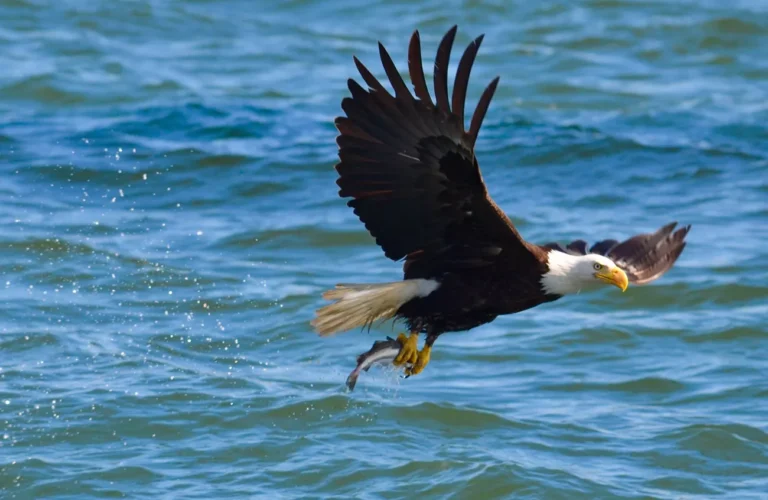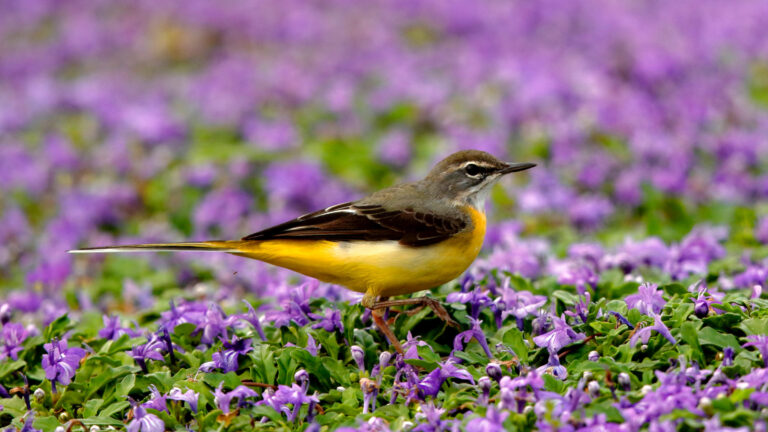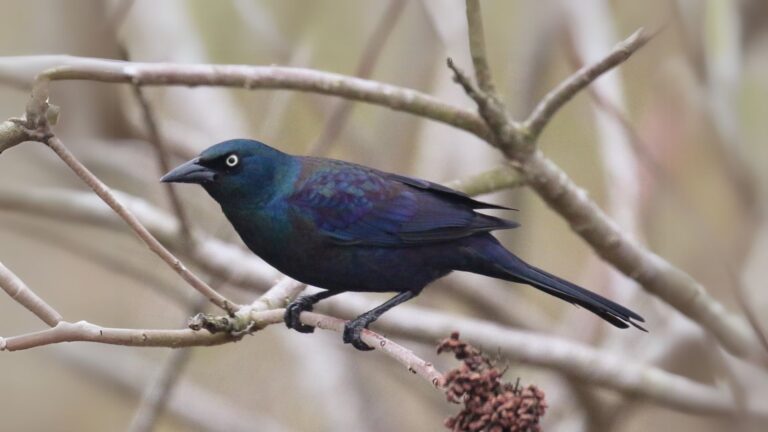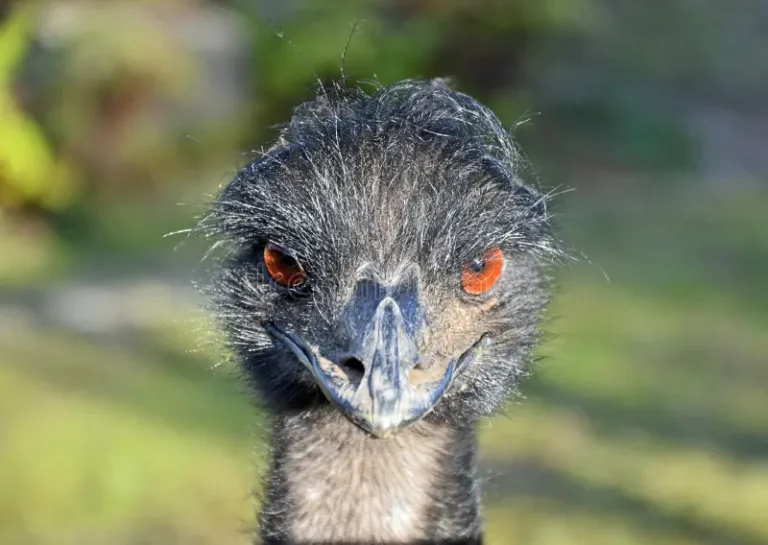Protect the Birds: Effective Strategies for Preserving Our Avian Friends
Birds bring color, music, and energy to our neighborhoods, parks, and wild places. Yet, many species face serious threats—habitat loss, pollution, and predators top the list. We must protect the birds from these threats and this article will help you help them.
Protecting birds matters for the health of our environment and the balance of nature itself.
Small steps, like creating safe habitats and reducing hazards at home, really do help local birds. When people learn more about birds and support conservation, they become part of the solution—and get to enjoy the beauty birds add to daily life.
Key Takeaways
- Birds face many everyday dangers
- Safe spaces and responsible choices make a difference
- Everyone can help conserve birds
Why We Need to Protect the Birds
Birds play a bunch of vital roles in nature and in our lives. But their populations face risks that can shake up entire ecosystems if we ignore them.
The Importance of Birds
Birds help keep pests in check by eating insects that could damage crops and forests. Some, like hummingbirds, are pollinators, moving pollen so plants can grow.
Seed-eating birds spread seeds by eating fruit and dropping them elsewhere, helping new plants take root and forests stay healthy. Scientists often study bird populations to check on the health of ecosystems—if bird numbers drop suddenly, it can mean pollution or disease is a problem.
Birds matter to people, too. They attract birdwatchers and tourists, bringing money to local economies. In many cultures, certain birds have special meaning or roles in traditions.
Threats to Bird Populations
Another reason we need to protect the birds is because birds lose their homes when forests get cleared for farms, roads, or cities. Without habitat, they struggle to find food and nesting spots.
Pollution from chemicals, plastics, and trash can poison birds or make them sick. Climate change brings new problems—warmer temperatures and shifting rainfall destroy breeding grounds and habitats.
Birds that travel long distances, known as migratory birds, face special risks if stopover spots aren’t safe anymore.
Hunting and illegal trade also threaten birds. Some species get captured for pets or feathers, shrinking wild populations and pushing rare birds closer to extinction. Stronger laws and more protected areas can help, as shown in research on protected areas for bird conservation.
Consequences of Declining Bird Species
When bird numbers drop, other animals and plants feel the effects. With fewer seed-spreaders and pollinators, forests and habitats grow weaker, hurting biodiversity.
Insect pests can get out of control without birds, leading to more crop damage and heavier pesticide use. That only hurts birds and other wildlife more.
Some places lose cultural traditions when bird species disappear. Birds show up everywhere in art, music, and history, so losing them means losing part of a community’s story.
Creating Safe Habitats for Birds
Home gardens, parks, and city spaces can give birds places to live and feed. Even small steps—planting the right plants, organizing garden spaces, and offering clean water—help both local and migratory birds.
Supporting Native Plants
Native plants matter for bird habitats. They grow naturally in the area, matching local climate and soil, and birds use them for shelter, nesting, and food.
Planting trees, shrubs, and flowers native to your region helps birds survive in cities and suburbs. Oaks, for example, support hundreds of insect species, which feed baby birds.
Native plants need less water and fewer chemicals, cutting pollution and making spaces safer for birds. Using native plants in gardens or parks encourages healthy insect populations, which birds rely on. More cities are planting natives to create bird-friendly spaces, as described in The Bird-Friendly City.
Designing a Bird-Friendly Garden
A good bird-friendly garden mixes trees, bushes, and flowers. Layering plants at different heights lets birds hide from predators and gives them safe spots to nest.
Skip pesticides—they hurt insects and birds. Let birds handle garden pests; it’s what they’re built for.
Add brush piles, logs, or nesting boxes. These give birds extra shelter and places to raise chicks. Migratory birds use even small gardens as rest stops, so every patch helps.
Providing Food and Water
Birds need food and water year-round. Set up bird feeders with seeds, suet, or nectar—especially in winter when food runs low.
Keep feeders clean to stop disease. Place them near shrubs or trees so birds can hide quickly if needed.
Offer fresh water in a shallow bird bath. Change the water often and clean the bowl to prevent germs. When it’s hot or dry, birds really need that extra water. A small fountain with moving water draws even more species.
Reducing Hazards Around Your Home
Everyday stuff around the house can put birds in danger. A few changes can make things safer for adults and baby birds.
Preventing Bird Collisions
Window collisions kill lots of songbirds and small species. Birds can’t see clear glass and try to fly through, often with deadly results.
Put decals, tape, or patterned film on windows to break up reflections. This makes the glass visible and can cut bird collisions by more than half, according to research. There’s a good review of window threats if you want to dig deeper.
Keep indoor plants away from windows—birds spot the green and fly at them, hitting the glass. Close blinds or curtains, especially during spring and fall migrations.
Managing Windows and Glass Structures
Big glass doors, greenhouses, and clear railings can be just as dangerous as windows. Frosted or patterned glass is way safer for birds.
Put bird feeders or baths either less than 3 feet or more than 30 feet from windows. This way, birds don’t have room to build up speed or they have enough space to spot the hazard.
Keep house cats inside—especially since stunned birds are easy prey after a mild collision. Cats are expert hunters and account for a lot of bird deaths near homes. For pet birds, check this guide on avoiding everyday hazards indoors.
If you find a baby bird near a window, look for injuries and watch from a distance. If the chick isn’t hurt, gently return it to the nest if you can. Keep pets and people away until the parents come back.
Managing Predators Responsibly
Birds face plenty of danger from predators, especially near people. A few simple actions can really help protect native bird populations.
Keeping Cats Indoors
Outdoor cats are at risk themselves, but they also hunt birds, lizards, and small mammals—it’s just instinct. Studies show cats are a huge reason for bird deaths in some places.
Keep cats indoors to protect birds and your pet from traffic, disease, and wild animals. If you want your cat outside, try cat enclosures or a leash and harness for safe exploration. Playtime indoors keeps cats happy, too.
Talk to neighbors and friends about these options. The more people join in, the more birds stay safe. For more on this, check studies about predator control and bird protection.
Protecting Vulnerable Baby Birds
Baby birds face extra risk from wild predators and pets. Check for active nests before trimming trees or bushes, and wait until fledglings leave before yard work nearby.
If you find an uninjured chick on the ground, it’s usually best to leave it—parents are probably close by. If a chick is truly in danger, gently put it back in the nest or on a branch.
Skip pesticides or harsh chemicals near nests. Those weaken chicks or make them easy prey. Neighbors can team up to watch for risky spots and keep pets away during nesting season. These steps really do help local bird populations.
Minimizing Chemical Exposure
Limiting chemical exposure is key for healthy, stable bird populations. Using fewer pesticides and skipping unsafe herbicides goes a long way for birds in cities and rural areas.
Reducing Pesticide Use
Pesticides might protect crops, but they can kill birds. Millions of birds get exposed each year, with many dying from poisoning. Birds eat contaminated seeds, bugs, or water and pay the price.
Farmers and gardeners can use integrated pest management (IPM). This means mixing biological controls, crop rotation, and targeted, safer chemicals. Planting pest-resistant crops and welcoming natural predators—like ladybugs—helps, too.
By using fewer chemicals and safer practices, we protect birds and the environment. For more info, see this overview of synthetic chemical pesticides and their effects on birds.
Avoiding Harmful Herbicides
Herbicides target weeds but can hurt birds in sneaky ways. Some linger in soil or water, moving up the food chain and poisoning birds indirectly. Even tiny amounts can mess up nesting or food sources.
Try pulling weeds or using mulch instead of spraying chemicals. Choose less toxic products or follow directions carefully. Avoid using herbicides near water, bird habitats, or during breeding season. These actions lower chemical risks and support both birds and ecosystems.
Participating in Bird Conservation Efforts
Plenty of people help birds by joining community programs or pushing for better policies. These actions support conservation goals and give birds safer places to live.
Supporting Local Conservation Programs
Local conservation programs matter for protecting birds. They offer volunteer chances—from bird counts and habitat restoration to teaching others about migratory birds.
Volunteers might plant natives, remove invasive plants, or monitor nests. Many groups ask the public to report bird sightings, which helps track local bird health. Sometimes, citizens work with researchers on bigger projects. Programs like the Australian Threatened Bird Network prove volunteers can really help at-risk species, as shown in this summary on volunteers in bird conservation.
Joining these efforts means helping birds and learning about science and conservation firsthand. Most programs are easy to join and open to all ages.
Advocating for Bird-Friendly Policies
Besides hands-on work, pushing for bird-friendly policies matters for long-term change. Advocacy can mean writing lawmakers or showing up at public meetings about land protection.
Policies that keep green spaces, manage pesticides, and conserve wetlands are crucial for migratory birds. Public and private landowners sometimes need to work together to protect birds and still use land profitably. Efforts to bring bird conservation to private lands show that policy change can make a real difference.
Supporting organizations that lobby for birds helps build a bigger voice to protect them for the future.
Celebrating the Beauty and Sound of Birds
Birds light up their habitats with color and song. They draw in people who want peace, inspiration, or just a closer connection to the wild world.
Enjoying Birdsong and Visual Splendor
Birdsong calms people and helps them relax. Hearing a robin in the morning or a warbler’s trill can lower stress and boost mood, making time outside feel refreshing. Studies show bird sounds in parks or neighborhoods restore well-being for many. People often say bird calls are soothing, especially in green spaces.
Birds stand out for their vivid feathers and unique shapes. From the bold red of cardinals to the blue of jays, they’re like flying art. Folks celebrate their beauty through painting, photography, or just watching birds at home. Some communities even hold festivals or walks to share the joy of birds and their songs (birdscapes in imagination and experience).
Ways people enjoy bird beauty and sound:
- Early morning listening walks
- Photographing vivid plumage
- Nature journaling
- Local birdwatching events
Watching Loons and Other Iconic Species
Loons are famous for their black-and-white bodies and haunting calls. They rule many northern lakes, with red eyes and bold patterns. People visit lakes just to watch loons dive or listen to their echoing calls. Their beauty and sound inspire many to protect their habitats.
Other iconic birds—bald eagles, owls, cranes—turn heads with size, flight, or calls. Spotting these species can be the highlight of a day outdoors. Lots of places work hard to celebrate and protect these birds, making sure they’re still around for future generations (the bird-friendly city).
Highlights of watching loons and other birds:
| Species | Feature | Notable Skill |
|---|---|---|
| Loon | Black-and-white plumage, red eyes | Unique, echoing call |
| Bald Eagle | Large size, white head & tail | Soaring flight |
| Great Horned Owl | Powerful build, yellow eyes | Night hunting |
Frequently Asked Questions
People can help birds in lots of ways, from protecting habitats to joining local conservation efforts. Saving birds takes personal action, science-backed methods, and community involvement.
What actions can individuals take to support bird conservation?
Plant native plants, offer clean water, and keep cats inside. Cut back on pesticides. Join citizen science projects and support conservation groups.
What methods are effective in preventing bird extinctions?
Conservationists use habitat protection, anti-poaching laws, and captive breeding. Guarding key nesting and migration areas is huge. Enforcing wildlife protection laws helps, as shown by current laws protecting species and habitats.
How can we ensure the protection of bird habitats?
Parks, reserves, and sanctuaries protect habitats. Land management and policies like the Nature Directives in the EU help conserve habitats. Restoration projects fix damaged areas, too.
In what ways can communities contribute to bird protection efforts?
Communities can organize habitat clean-ups, support wildlife-friendly policies, and take part in bird monitoring. Education programs in schools and public spaces raise awareness and get more people involved.
What are the scientific strategies employed to safeguard birds in urban areas?
Scientists recommend bird-safe buildings, keeping green spaces, and tracking urban bird populations. Research focuses on making cities safer—cutting window collisions and restoring native plants.
Where can one find resources or organizations dedicated to bird conservation?
Local and international groups offer resources and support for bird protection. They provide educational materials, tips for bird habitats, and ways to get involved—like supporting and conserving wildlife. Check conservation group websites and scientific journals for the latest info and programs.
